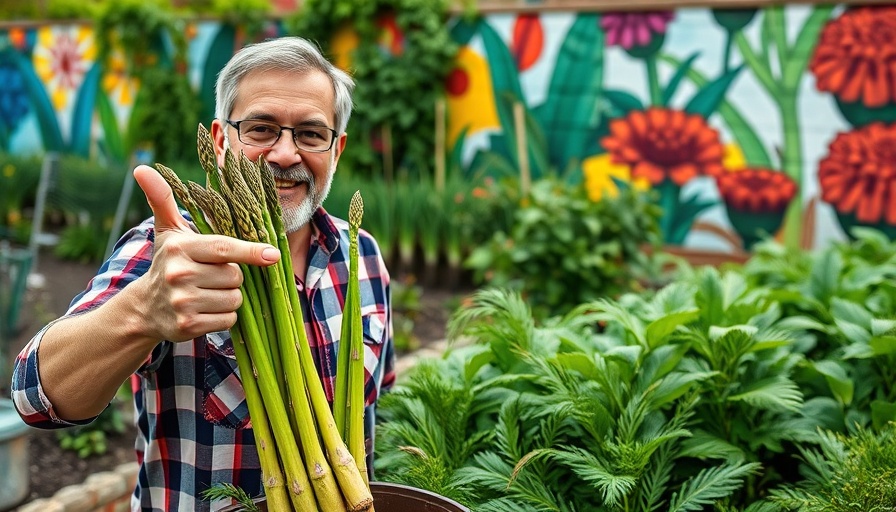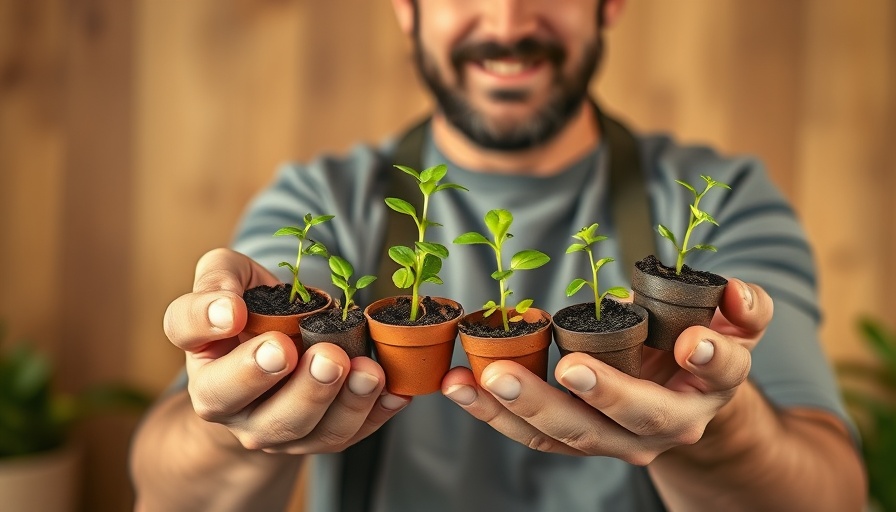
Why Grow Your Own Grapes?
For urban gardeners, growing your own grapes is an exciting venture that not only provides delicious snacks but also contributes to an enjoyable garden aesthetic. Imagine plucking sweet grapes fresh from your backyard, enjoying them while basking in the sunshine. The growing process, however, isn't as simple as it seems. As shared by the grapefather, Kevin Spiritu, growing grapes is a journey that requires knowledge, patience, and proper care.
In 'Watch This Before Growing Grapes 🍇', Kevin Spiritu shares valuable insights into the journey of grape cultivation, which inspires our analysis of practical tips for aspiring gardeners.
Essential Steps to Start Your Grape Garden
Growing grapes begins with choosing the right location—one that receives at least 7 to 8 hours of sunlight daily. In a city like Vancouver, urban gardeners may need to strategize around buildings and trees to maximize sun exposure. The right variety of grapes is equally important; varieties such as Concord and Flame Seedless are ideal for different climate zones. Don’t forget that grapes need adequate space—plant them approximately 10 to 12 feet apart to ensure proper air circulation and growth.
Soil and Watering Techniques That Work
Understanding your local soil conditions is crucial. Kevin mentions that he has clay soil in San Diego, which might differ from the loamy or sandy soils found in parts of Vancouver. One method he utilizes is called 'dry farming', relying solely on rainfall rather than irrigation, which is particularly effective for grape cultivation. For those gardening in areas prone to excess moisture, creating raised beds can help manage drainage and prevent root rot.
Dealing with Common Challenges
As any gardener knows, challenges will arise, and fungal diseases are among the most common issues. It’s vital to keep the vines pruned; healthy grape canes require 14 to 16 leaves for effective growing, allowing enough room for air circulation and sun exposure. Simple practices like removing dead leaves can significantly reduce the chances of disease while enhancing growth.
Harvest Time: When to Enjoy Your Grapes
The most rewarding part of grape cultivation is the harvesting phase. Knowing when your grapes are ripe is essential; color and taste testing will play a big role here. Flame Seedless grapes, for instance, should take on a lovely red hue when they’re ready. Urban gardeners can look forward to this satisfying process, which may take approximately three years of patience and care before the first yield is ready.
In Kevin's journey, he emphasizes that despite the wait and hard work, cultivating grapes is rewarding. For Metro Vancouver residents with limited spaces, adopting such small-scale projects can transform their urban environment, offering sweet rewards and enhancing their gardening skills. So, why not give it a shot in your backyard or balcony?
Start Your Grape Adventure Today!
If you're inspired to grow your own table grapes, assess the sunlight, choose the right varieties, and prepare for delightful days of harvesting your own tasty clusters. Remember to keep in mind the essentials: sunlight, proper distance, and care for the vines. With the right approach and a little patience, you'll be enjoying home-grown grapes before you know it. Let's get gardening!
 Add Row
Add Row  Add
Add 




Write A Comment